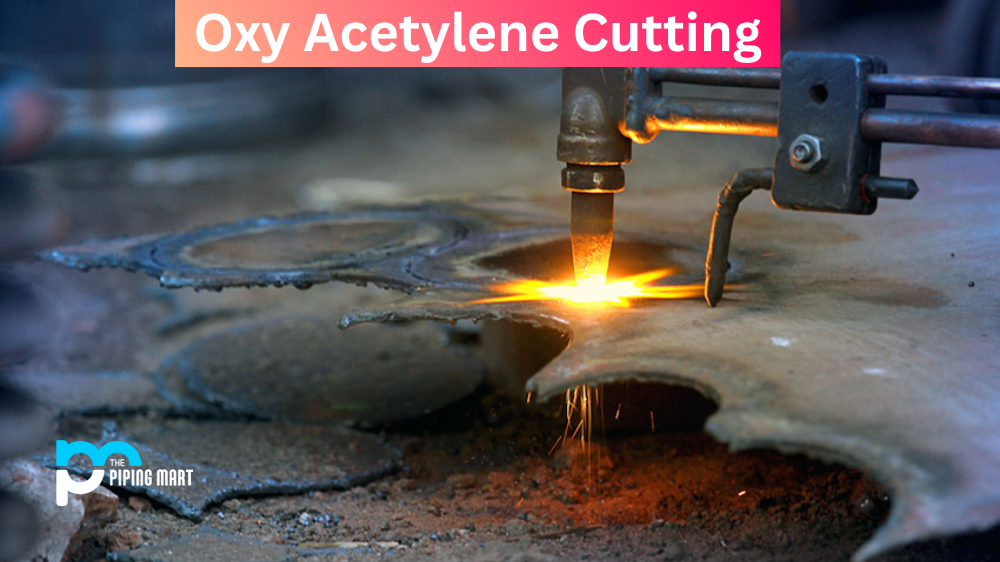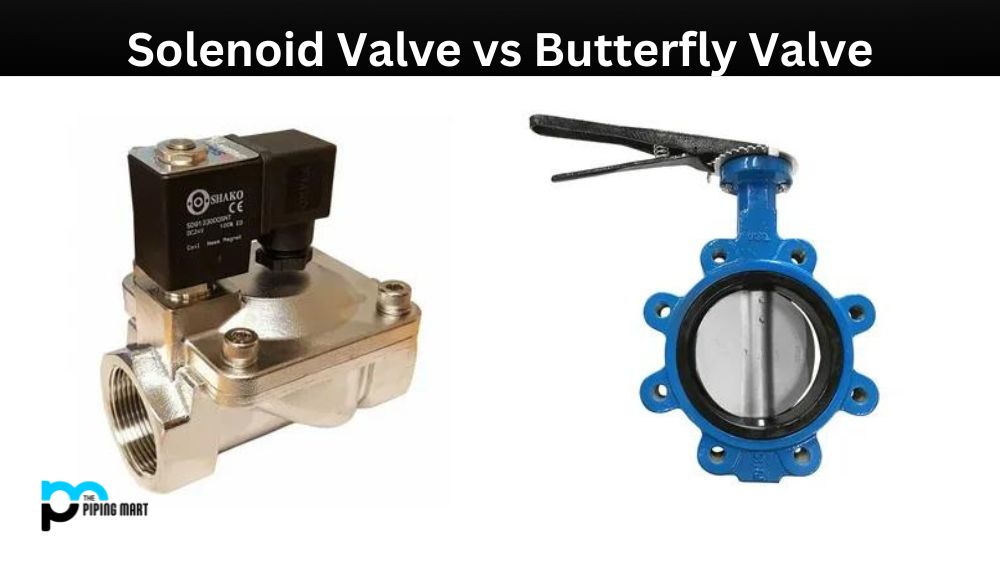The link from the well to a treatment facility or a collection station is made via flow lines. After that, a gathering line moves the flow from the manifold to a pre-processing stage, a transportation facility, or a vessel. Flowlines can cross subsea well fields or land. Flowlines can be buried or at grade on the ground or seafloor. Gathering lines are the pipelines that collect the flow from various flowlines.
It could be a hose or a pipe made of metal or another material. The majority of flowlines are often somewhat short. In onshore applications, however, they can go great distances. Gathering lines are utilized after the flowlines have delivered the fluid to a manifold or other piece of process equipment. Flowlines are built on land, can be lowered to the ocean floor, and contain termination connectors that make installing them at the wellhead simpler. Since flowlines frequently transport fluids directly from well stream conditions, they frequently experience substantially higher pressures and temperatures, which might increase the danger of buckling.
What is the purpose of flowline?
Flowlines are pipelines that link a single wellhead to a manifold or piece of process machinery in the oil and gas sector. A manifold may be connected to a single well via several flowlines in a larger well field.
From the well to the first piece of production machinery, which is often a production separator, the flowline transports the total produced fluids (such as oil, gas, and production water). The flowline may carry the well-produced fluids to another location, such as a process facility, a gathering pipeline system, or a common production battery.
Difference between flowlines and pipelines
Flowline – According to the Oil and Gas Activities Act, a flow line is “a pipeline that links a well head to a facility for cleaning, processing, or storage and that comes before the transfer of the conveyed substance to or from a transmission, distribution, or transportation line.”
Pipeline – A pipeline is a component of the transmission network that transports goods from processing plants to distribution networks and end users.
A pipeline is defined as follows by the Oil and Gas Activities Act, “piping that conveys any of the following:
- petroleum or natural gas;
- water produced in relation to the production of petroleum or natural gas or conveyed to or from a facility for disposal into a pool or storage reservoir;
- solids;
- substances prescribed under section 133 (2) (v) of the Petroleum and Natural Gas Act;
- other prescribed substances”
A flow line and a pipeline differ in a few specific ways.
- Pipelines include all flow lines. However, flow lines are referred to as pipes that connect the wellhead to the RMS, MSV, or treatment facility.
- Pipelines only enclose a small portion of a whole pipeline system. As a result, the flow line is a unique pipeline whose length is constrained to the vicinity of the oil field. On the other hand, pipelines stretch for kilometers and occasionally cross international borders.
- Unprocessed crude oil is transported via flowlines, whereas semi- or completely refined liquids are transported via pipelines.

Pipingmart is B2B portal specializes in industrial, metal and piping products. Also, share latest information and news related to products, materials and different types grades to help business dealing in this industry.




